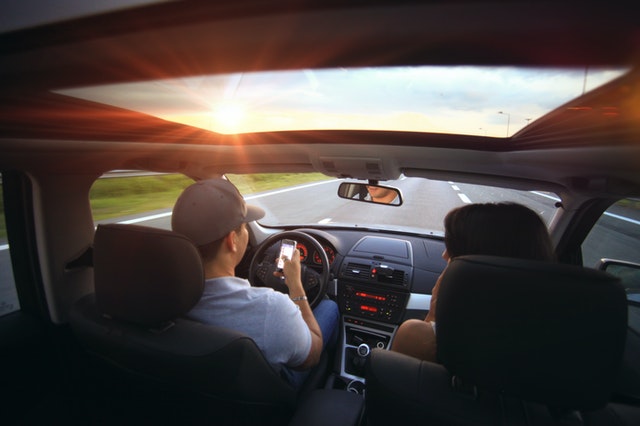30.1 Introduction: Reaction times

A study (Strayer and Johnston 2001), examined the reaction times of students while driving.
In one study, two different groups of students were used: one group used a mobile phone, and a different group did not use a mobile phone. Their reaction times were measured in a driving simulator. These data were seen previously in Sect. 24.1.
The two groups receive different treatments: one group used a mobile phone while driving, and a different group did not use a mobile phone while driving.
The data are not paired; instead, the means of two separate (or independent) samples are being compared. (The data would be paired if each student was measured twice: once using a phone, and once without using a phone.)
Consider the RQ:
For students, is there a difference between the mean reaction time while driving, between students who are using a mobile phone and students who are not using a mobile phone?
The data are shown below.